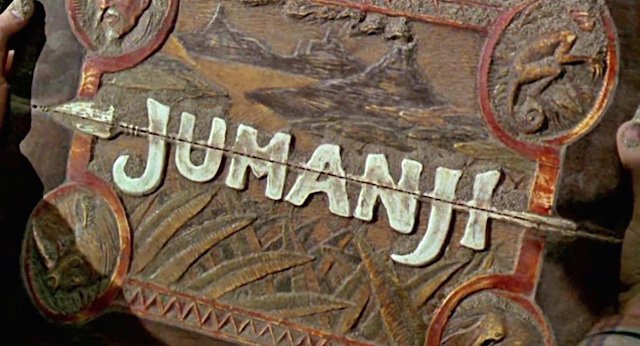Change, change everwhere is change
Yes, the world is in a constant state of change … something it’s being experiencing since it started hanging out in that big blackness we call space. Even the rate at which the earth spins on its axis has been changing, so that when the moon was formed a ‘day’ would have lasted 2 to 3 hours (that’s means the earth was spinning 7 to 8 times faster than the rate it spins today). But in the 4.5 billion years since then (give or take a few thousand years) its rotation has slowed such that during the time of dinosaurs a day would have been around 22 hours, and at the moment it is just over 24 hours..
Adaptation is a must if we are to manage tension
Wherever we look we’ll find restless change, a key driver of which is life’s endless quest to resolve tension – with the above example it’s between the forces at play in our celestial sky.
This quest is just like a big story which plots itself toward a climax, and at which point all is resolved. The key exception with our of story of restless change and disruption is that no such climax exists. There are just too many forces at work. In seeking to resolve one element we set in play the multipler effect and create tension with any number of other elements.
Rather than seek to resolve, our attention now turns toward building our adaptive skills and how we can best manage this tension.
The game is in play … we can’t not play the game
Without a climax or final whistle, the game remains in play … and so we can’t not play the game. Our business environment and its successive demands will always be changing.
Together with building our adaptive skills, is the need to be fit for continuing to play this game.
This is a quality prompted by Tim Brown (CEO of the design consultancy Ideo) who said “The pace of change, the level of volatility, and the level of disruption across every industry requires that all organizations either constantly evolve, or they get out-competed by someone that’s fitter than they are.”
Some of the ways to help sustain our fitness and ability to stay in the game include:
- Reducing friction points – and the barriers we have to work through in achieving our desired outcome. This includes reducing the friction brought about by layers of excessive protocols (which is one aim of the ‘Corporate Lattice’ model), by challenging the anchors caused by limiting beliefs, and by entertaining more than the one perspective and the one way of doing something. We can also reduce friction points by improving the quality and efficiencies of our relationships with others such as those within teams.
- Ensuring our fitness program is energised by meaning and purpose – our fitness program needs to include a finesse and candence of effort, and an efficiency with how we invest our energy. An example is provided by GE and its new approach to performance management which replaces annual goals with shorter-term priorities. Identifying these priorities involves a discussion with employees on the following questions:
- What am I doing that I should keep doing?
- What am i doing that I should change?
(The above case study is discussed by Peter Cappelli and Anna Tavis in their article The Performance Management Revolution – Harvard Business Review (2016))
- Mindfulness and meditation … and the state of just being present and in the moment. The shorter the timeframe then the lesser the change we experience. And the lesser the change the more we can view our world through a state of calm, and we can view our activity beyond the forces of change.
- Be specific with targets – and go beyond wanting just better customer service or better teamwork. Instead of generalities identify the specific behaviours and attitudes that will best focus our efforts and maximise our impact and influence.
- Refrain from letting perfection get in the way of progress – sometimes our obsession with perfection can hinder our efforts to progress. But progress we must. Watch the sporting professionals and how despite their mistakes (lack of perfection) they stay in the game and still hold the winning trophy.
Intelligence and choice
I believe that a key measure of intelligence is found in the moment of making a choice. And to reflect a quote commonly attributed to that wonderfully intelligent and determined man, the late Stephen Hawkins, intelligence is the ability to adapt to change. Realising we can make more than the one choice is what actually enables choice … and fitness is what better prepares us for such times.
Within this landscape of change, it’s not the change that influences who we become but the choices we make in response to change. As with the last dot point, we just need to keep moving. Einstein was said to say that life is like riding a bicycle … to keep your balance you must keep moving.
And as per the eloquent insights of Michael Gelb ‘Emotionally, we yearn for a sense of belonging, intimacy, and love. Intellectually, we look for patterns and relationships, seeking to understand systems. And spiritually, we pray for Oneness with the Divine. I believe striving for a level of fitness within these domains would serve us well within this restless game we call life.
